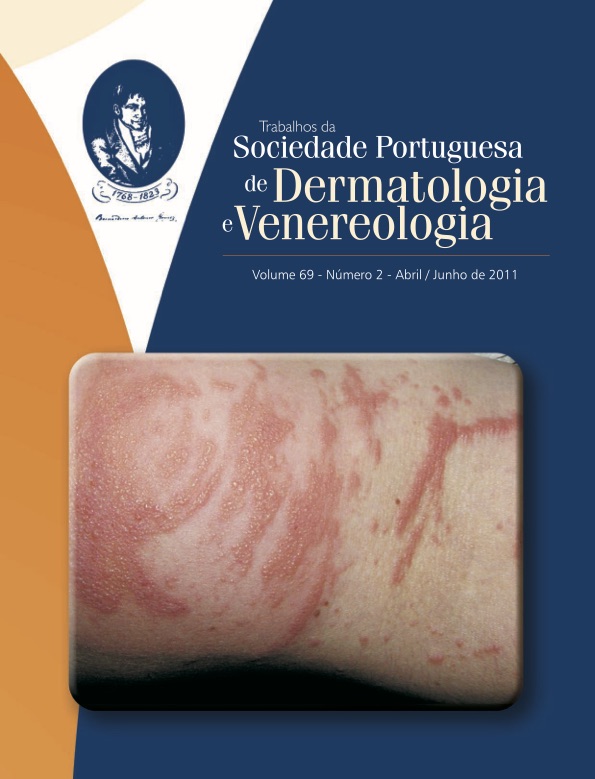NAIL – PATELLA SYNDROME
Abstract
Nail-Patella Syndrome (OMIN 161200) (Hereditary Onychodysplasia), first reported by Chatelain in 1820, is a rare polymalformative syndrome that affects tissues of both ecto and mesodermal origin. It is an inherited disorder, transmitted as an autosomal dominant trait, having the responsible gene been mapped to 9q34 and further characterized as encoding for a LIM-homeodomain protein that plays a pivotal role in the dorso-ventral patterning of tissues of the developing vertebrate limbs. Clinically, NPS classic features include hypoplastic or absent nails and patellae, joint abnormalities, iliac horns, pigmentary anomalies of the irides and nephropathy. Nail anomalies, usually present at birth, are highly evocative – hypoplastic or even absent nails on the first or second fingers and triangular-shaped lunulae – and allow, upon recognition, to prevent a delayed diagnosis and, as such, joint crippling deformities and renal failure that eventually develop, as patients age. The case of a 4 YO Caucasian boy bearing unstable gait, absent patellae, a PDD (Pervasive Developmental Disorder) meeting some Asperger`s Syndrome criteria and fingernail anomalies is reported. In this case it is noteworthy the sharp contrast between the extent of the dermatological findings and the absence or scarcity of both renal and orthopaedic alterations. In fact, not only no renal and hearing alterations were detected but, apart from the bilaterally absent patellae, a 5th finger clinodactily and a mild iris dyschromia, no further anomalies were found in this underdeveloped child, whose weight and height were in the 10th centile.
Downloads
All articles in this journal are Open Access under the Creative Commons Attribution-NonCommercial 4.0 International License (CC BY-NC 4.0).








